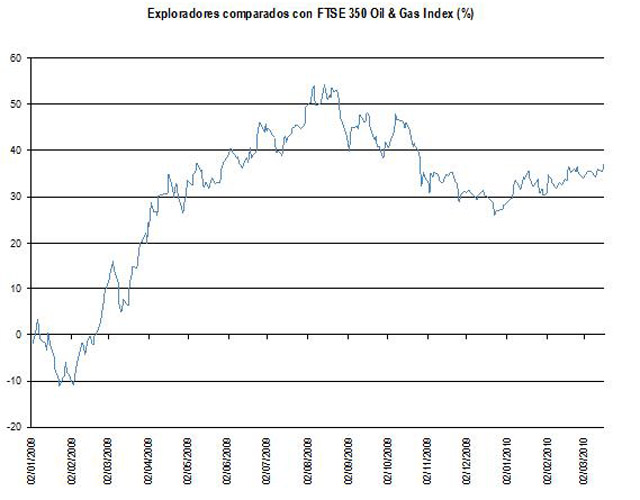(This article was published on Cotizalia in Spanish on July 22nd 2010)
“Welcome to the banana republic.” These are words of RWE’s chief financial officer (the second-largest German utility) after learning of the German government’s intention to impose a tax on nuclear power stations of € 2.3bn pa. Nearly 15% of the net profit of the two major companies are to be “seized” by the government. Snip.
The European electricity sector is again the worst performing sector in 2010, down 20%. This already occurred in 2008 and 2009 due to the weight of the five major integrated companies, which have all the features of what is called a “value trap”:
1. The returns of the companies are “seized” when governments need money. Indeed, from Germany to Italy (the cynically called “Robin Hood tax”), power companies are perceived by governments as public service entities, available to tap the capital market to make huge investments in the long term, but not allowed to generate returns above what governments consider “adequate”, which is a paltry 8% ROACE on average. At the end of the day, the governments think, they can always make capital increases (more than € 16bn in 2009) and start all over again. A sector where companies invest hundreds of billions per annum for 25 year projects but where the rules of the game change every four or five.
2. Run To Stand Still. Part of the huge number of mergers and acquisitions that we have seen between 2004 and 2007 came from the objective of these groups, several semi-state owned, seeking to generate returns outside their country because the profits in their home market will always be limited. But then the results end up being as disappointing as the domestic. Look at EDF (France), which has spent €60bn on acquisitions, to generate no added net income whatsoever, or Endesa-Enel, GDF-Suez, a story of additions through acquisitions that have always delivered lower ROCE, or E. On, whose net profit is very similar to that of 2007 after acquiring billions of dollars in assets. Funny that the sector is not cheaper on 2 year forward multiples than it was in 2008, when it’s 40% lower.
3. One sector that is only optically cheap. The sector trades at an average of 6.7x times 2012 EBITDA and dividend yield of 6.7%. It seems very attractive to those seeking an investment in the “long term”, right? Careful. The EBITDA multiple is actually closer to 8.5 times if “clean” estimates, removing the free CO2 permits, are applied. And more importantly, after the wave of M&A and re-gearing, the WACC has increased, something that companies do not acknowledge. And be careful with the estimated dividends. First, because we have already seen cases (Enel, National Grid, SSE, etc.) in which the dividend is paid by the investors themselves through capital increases disguised as “opportunities for growth”. But also remember that such a capital intensive sector needs to maintain a pristine credit rating to access the bond market. With returns confiscated and an average 3x Net Debt/EBITDA, the sector does not generate enough free cash flow to undertake the committed investments, pay dividends and reduce debt.
In addition the sector has delivered the keys to the reserve margin management and investment decisions in new generation capacity to their governments, who are delighted to see overcapacity, and the industry, with the risk of seeing no growth, prefers to invest in the hope that someday they will be remunerated for the investments.
A sector is also a reflection of its managers. Except for honorable exceptions, it’s worth highlighting the low quality of management teams, with a history of investing billions at the peak of the cycle and then selling at the lows, and their poor exposure to the share price (minimal ownership of directors in the shares). At last, after all, how can the investor trust a manager who owns almost no shares in their own company, is incentivised to buy anything that moves to “grow”, and having to invest long term, have a such a poor long term track record?. Additionally, I would highlight the low interest that governmets have in the share price of their own investments, not aligned with the minority holders.
It is interesting to see in this environment that the worst performing stocks are the most recommended by analysts (EDF, E. On, GSZ, EDPR) all over 80% of “buy” recommendations. I always say it: In a bull market you don’t need analysts and in a bear market you don’t want them. The only ones that are doing well are the ones showing financial discipline, focused on return on capital employed (ROCE) and “anti-government rebellion”. And if you like the sector and want value, play short-term securities which are targets for predators or in the process of restructuring, or transmission companies, BUT only those which offer a higher dividend to that of the yield of corporate and government bonds, because if not, you are subject to the risk premium of the equity market without the required returns. The rest is waste of money. We continue to warn about it.
